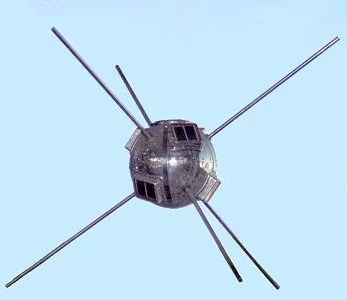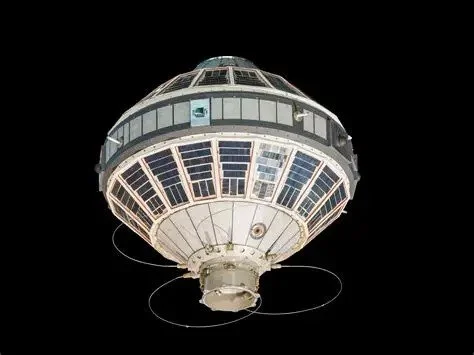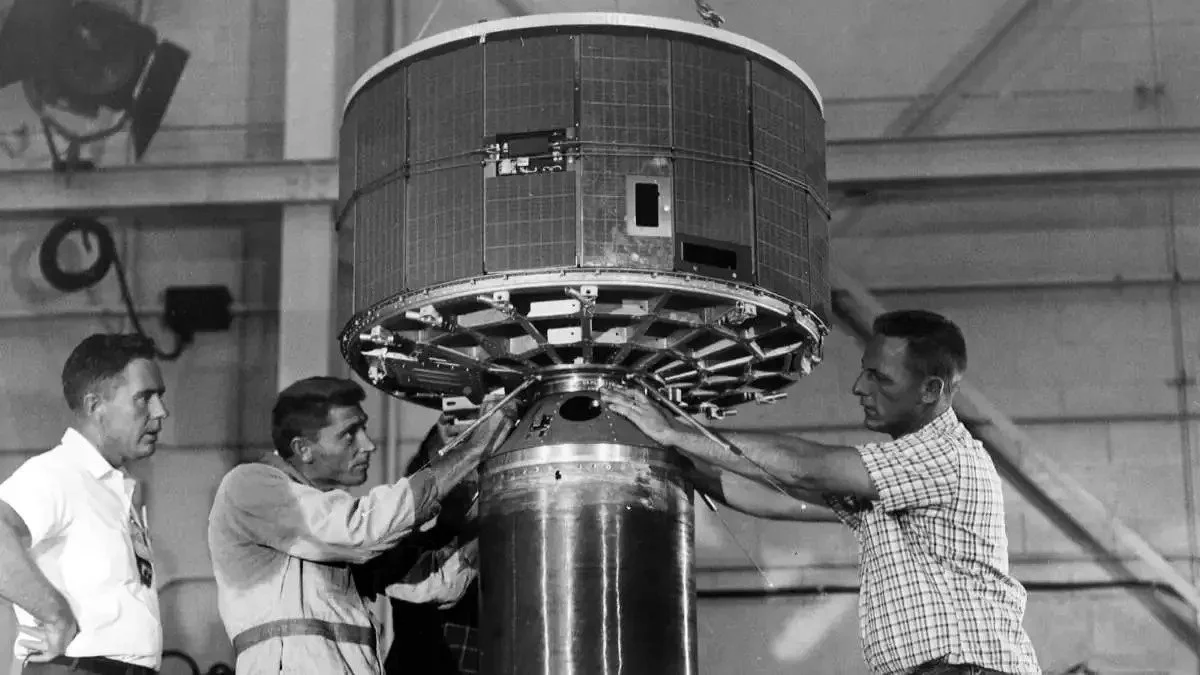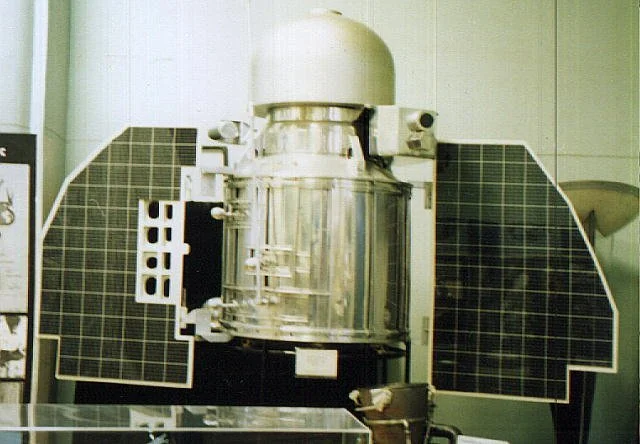The Top 10 Oldest Satellites in Orbit
Satellites are crucial to our daily lives, supporting everything from GPS navigation and telecommunications to weather monitoring and scientific exploration. But before today's advanced satellites and large mega-constellations, early satellites laid the foundation for all we understand about space-based technology. Launched during the Cold War and the early space race, many of these historic spacecraft are still quietly orbiting Earth decades later. They no longer operate, but their presence tells a story of ambition, innovation, and rapid progress in aerospace engineering. These orbiting relics are not just debris; they are remnants of humanity’s first steps into the cosmos. In this article, we examine the ten oldest satellites still in orbit, exploring their original missions, the legacy they leave behind, and the remarkable era they helped define.
1 Vanguard 1
Vanguard 1 was the first satellite powered by solar cells and remains the oldest human-made object still in orbit. It provided vital data on Earth’s shape and upper atmospheric density, helping to confirm the planet’s equatorial bulge. Although it stopped communicating in 1964, its ongoing orbit provides a long-term benchmark for satellite design and orbital decay models.
SATCAT: 00005
Launch Date: 17 March 1958
Mission: Geodesy, Earth science, satellite technology demo
Status: Inactive
Last Contact: May 1964
Expected Decay Date: Around 2198
2 Vanguard 2
Vanguard 2 was the world’s first weather satellite, designed to measure cloud cover distribution with onboard optical scanners. Although its spin stabilization was misaligned, which limited scientific returns, it represented an early attempt to observe Earth's atmosphere from space. It remains a vital step in the development of operational meteorological satellites.
SATCAT: 00011
Launch Date: 17 February 1959
Mission: Meteorology; cloud cover observation
Status: Inactive
Last Contact: March 1959
Expected Decay Date: Circa 2260
3 Vanguard 3
Vanguard 3 was designed to collect data on Earth's magnetic field and measure micrometeoroid impacts in space. Its successful mission contributed to our early understanding of space weather and orbital hazards. Although long silent, its continued presence in orbit provides historical insight into Cold War–era scientific priorities.
SATCAT: 00020
Launch Date: 18 September 1959
Mission: Magnetic field and micrometeoroid research
Status: Inactive
Last Contact: Not publicly recorded
Expected Decay Date: circa 2259
4 Explorer 7
Explorer 7 studied Earth’s radiation budget, solar X-rays, and cosmic rays. It was among the first satellites to monitor heat flow into and out of Earth’s atmosphere, a crucial factor in climate modelling. The data it collected contributed to foundational knowledge in Earth science and the effects of solar radiation on weather.
SATCAT: 00022
Launch Date: 13 October 1959
Mission: Climate and solar radiation studies
Status: Inactive
Last Contact: 24 August 1961
Expected Decay Date: Unknown
5 Pioneer 5
Pioneer 5 was launched into a solar orbit to explore the space between Earth and Venus. It measured the interplanetary magnetic field and solar radiation at a then-record distance for radio communication. Although contact was lost within months, it laid the groundwork for deep-space exploration and set milestones in data transmission from space.
SATCAT: 00027
Launch Date: 11 March 1960
Mission: Interplanetary space physics
Status: Inactive (heliocentric orbit)
Last Contact: June 1960
Expected Decay Date: N/A (orbiting the Sun)
6 TIROS 1
TIROS 1 (Television Infrared Observation Satellite) was the first satellite to send real-time cloud imagery from space, demonstrating that satellites could revolutionise meteorology. It transmitted over 22,000 images during its brief lifespan and directly contributed to the development of today’s global satellite weather systems, transforming how we forecast storms and climate patterns.
SATCAT: 00029
Launch Date: 1 April 1960
Mission: Experimental weather observation
Status: Inactive
Last Contact: 15 June 1960
Expected Decay Date: Unknown
7 Transit 2A
Transit 2A was part of the U.S. Navy’s first satellite navigation system, enabling precise positioning through Doppler shifts from orbiting satellites. Although basic by today’s standards, it served as a direct precursor to modern GPS. It demonstrated the feasibility of space-based navigation for submarines, ships, and future civilian uses.
SATCAT: 00045
Launch Date: 22 June 1960
Mission: Satellite navigation system testing
Status: Inactive
Last Contact: Circa 1961
Expected Decay Date: Unknown
8 SOLRAD 1
SOLRAD 1 was the first satellite to perform dual missions—scientific and intelligence-gathering. It measured solar X-rays while covertly intercepting Soviet radar emissions for the U.S. Navy. It marked the start of space-based signals intelligence and was a pioneer of today’s classified reconnaissance satellites.
SATCAT: 00046
Launch Date: 22 June 1960
Mission: Solar observation and electronic surveillance
Status: Inactive
Last Contact: April 1961 (science), September 1960 (ELINT)
Expected Decay Date: Unknown
9 Courier 1B
Courier 1B was the world’s first active repeater communications satellite. It could store and forward messages—a key innovation for early space communications. Although it operated for only a few weeks, it paved the way for future military and commercial communication satellite systems by demonstrating real-time digital signal transmission.
SATCAT: 00058
Launch Date: 4 October 1960
Mission: Communications relay test
Status: Inactive
Last Contact: 21 October 1960
Expected Decay Date: Unknown
10 Venera 1
Venera 1 was the first spacecraft launched with the goal of reaching another planet—Venus. Although communication was lost before its planned flyby, it was the first probe to enter heliocentric orbit after launch and marked a major milestone in Soviet deep-space ambitions. It paved the way for future Venera missions, many of which successfully reached Venus.
SATCAT: 00080
Launch Date: 12 February 1961
Mission: Venus flyby probe
Status: Inactive (heliocentric orbit)
Last Contact: 19 February 1961
Expected Decay Date: N/A (solar orbit)









